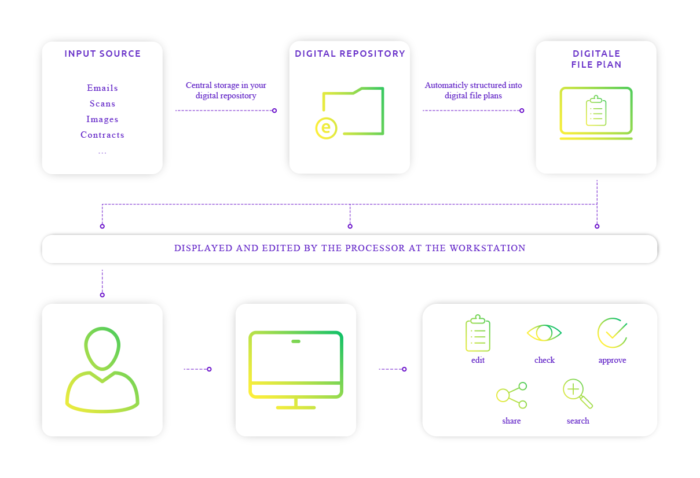

O An unsatisfactory experience when you felt afloat, disconnected, or frustrated.ġ. O A positive experience when everything fit into place and you felt a sense of achievement or affirmation OR Think back to a learning experience you've had, in either formal or informal education. You could begin byĬomposing Your Teaching Philosophy and Ranking Your Teaching Goals Ĭritical Incidents in the Formation of a Philosophy of Teaching Everything in your dossier must connect to your TPS. Consider using headings as visible signs of organization.Īs you prepare your statement of teaching philosophy, remember that this section is the very heart of your portfolio. Structure your statement to demonstrate that you reflect on what you do and learn from it. This very concrete section provides the foundation for your approach to teaching and the opportunity for you to introduce the evidence you have compiled. Don't let the term " philosophy" mislead you. It is not easy for them to reflect on and articulate what they do in the classroom and why they do it. Many teachers, however, find it difficult to write that statement. The " Reflective Statement of Teaching Philosophy" is an important element of the portfolio. In the classes that you have taught more than once you can write about the evolution of that class over time, different strategies you’ve tried, etc Some classes you may only teach once, once every 3 years, every semester. Write a paragraph or two describing your general teaching appointment, types of courses you teach, how many a year, if they have labs, average # of students, classroom layout (e.g., lecture theatre, rows, tables, computers in room etc).Īlso, using the data provided by the worksheet, compile a narrative for each type of class you teach (e.g., I teach EMTH 215, EMTH 325, ECMP 355). Show your draft to a colleague or instructional developer-get feedback/new ideas You want to provide enough evidence to convict you of the charge of excellent teaching. Select and append your best evidence, connecting it to your statement of philosophy.

Organize the material to support your purpose and the evaluators' guidelines or needs. Consider using the Teaching Perspectives Inventory Reflect on your teaching goals, philosophy and style. Clarify your teaching responsibilities.In short, creating a portfolio involves reflection, collection, selection, and connection.Ī teaching dossier is a great way to record and keep track of ‘problems’ or incidents in your teaching-to think of teaching as scholarship Here is a supporting statement from Trever Crowe. Here is a supporting statement from Len Gusthart.Īn approach to teaching enhancement whereby a teacher can gauge successes, opportunities for improvement, and means for their fulfillment.Ī means of presenting information for job search or career enhancement, such as promotion, tenure, job application.

It is at once the receptacle for evidence of achievement in teaching and the means for teachers to discern ways to achieve more.Ī personal record drawn up and compiled by the teacher, often according to institutional, departmental, or college guidelines.Ī structured means of reflection on one's work, a process of self-evaluation and goal setting. The teaching portfolio is both a process and a product.Resources related to teaching dossiers and the See the teaching dossier section of the teachingįor the most current information and links to What criteria are used to evaluate teaching What are the benefits of a teaching portfolio? Why does documenting their teaching make How are portfolios used in promotion and Can teaching portfolios improve teaching? Organize your material in sections (e.g., TPS,Ĭourses taught, evidence, letters of support, Type(s) of course evaluation (e.g., formative, summative, type Methods of delivery-particular strategies used in course: Course#, name of course taught, dates of course, credit hours: Continue this process throughout your career Consider the purpose of the dossier-organizeħ. Think about how you teach and why you teach thatģ.


 0 kommentar(er)
0 kommentar(er)
